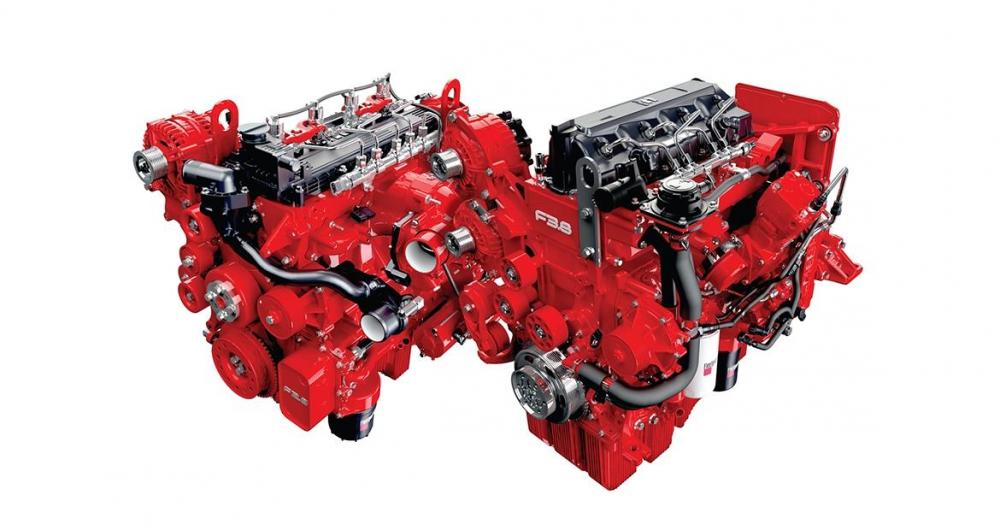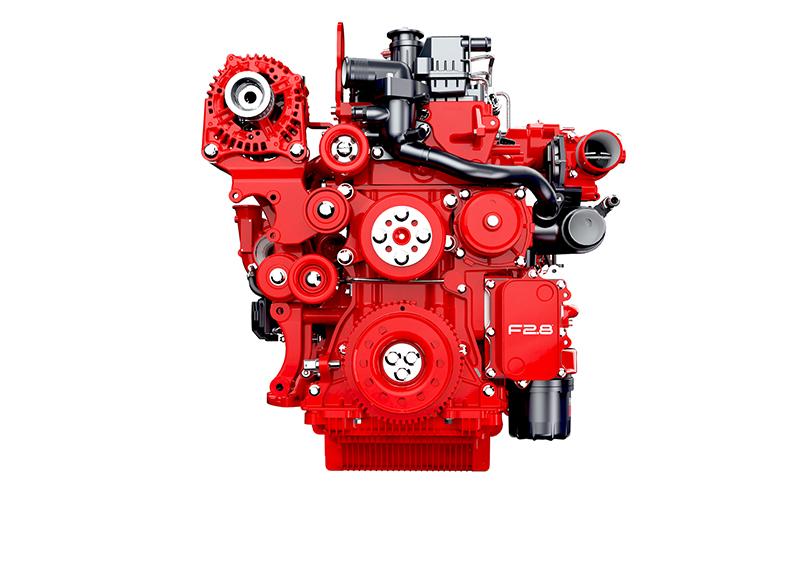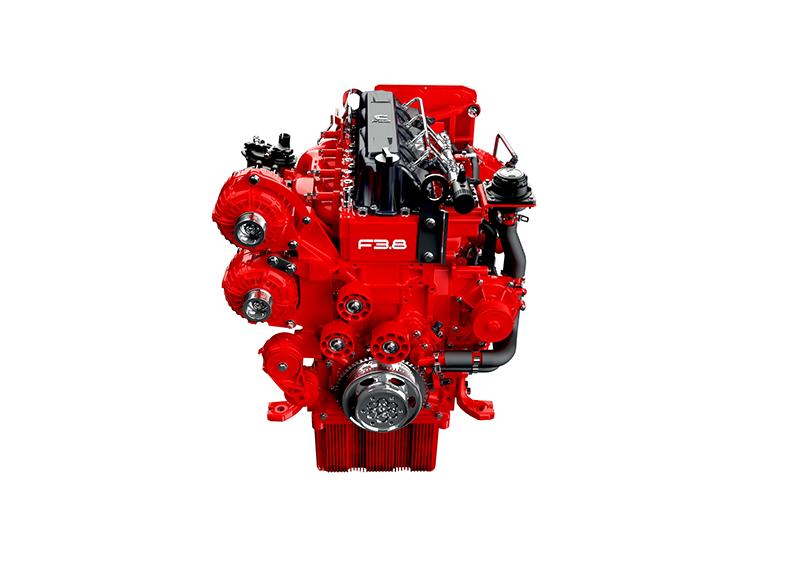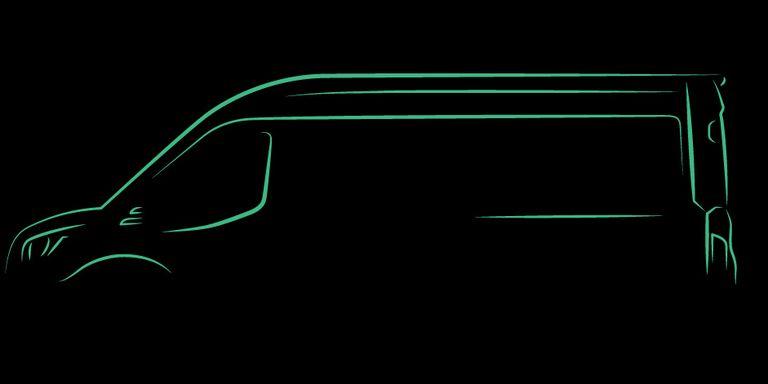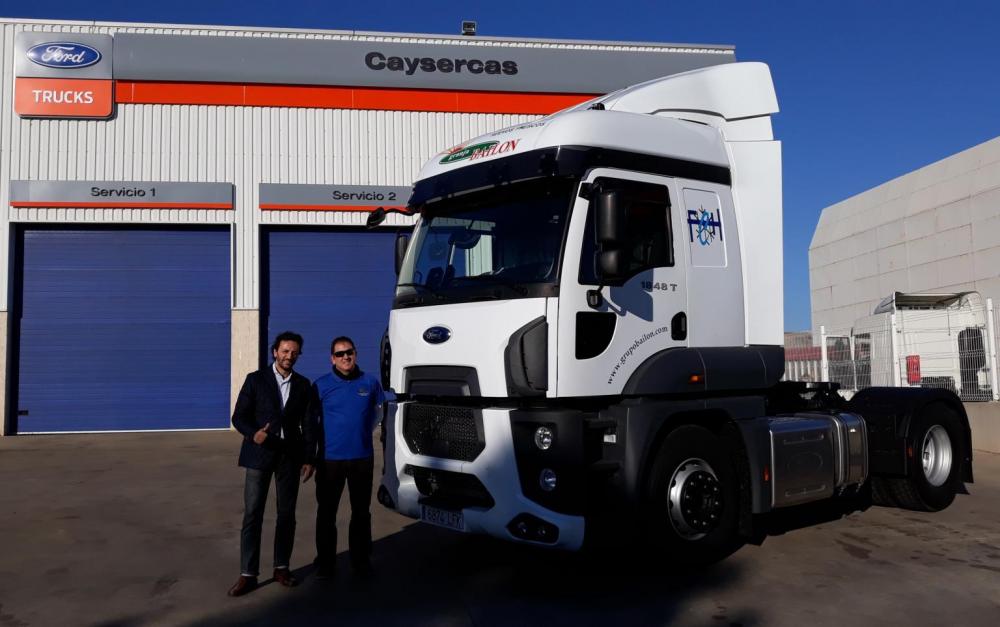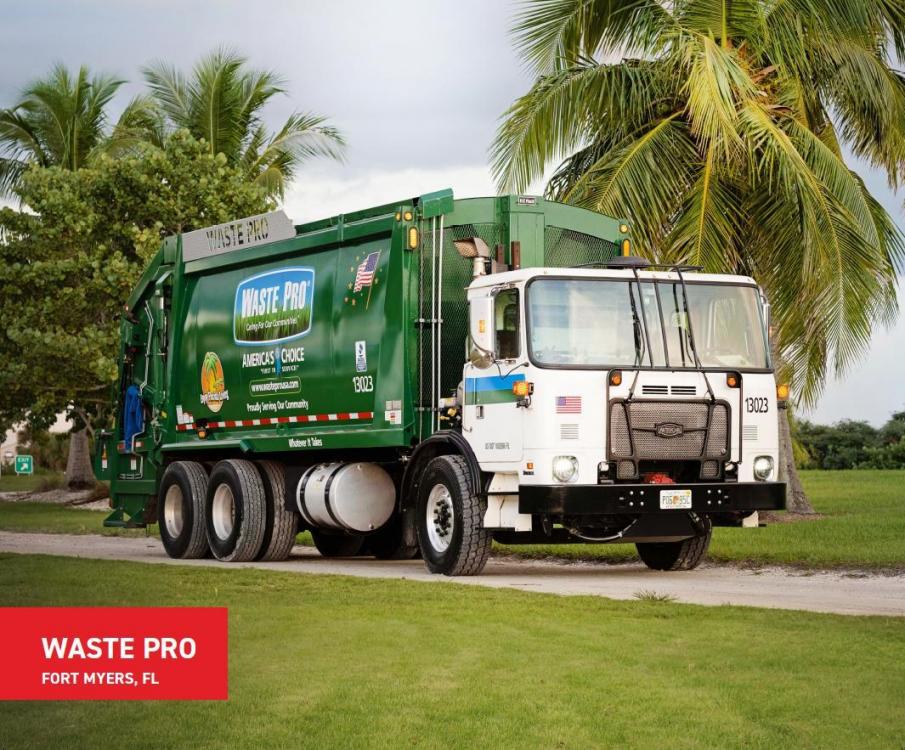
kscarbel2
Moderator-
Posts
18,540 -
Joined
-
Days Won
112
Content Type
Profiles
Forums
Gallery
Events
Blogs
BMT Wiki
Collections
Store
Everything posted by kscarbel2
-
Around 3:00.... Another.......... From 14:10..........
-
3D printer ?
-
Will warm weather stop the spread of coronavirus? CBS News / March 5, 2020 Every year, people across America cheer the start of spring, not only because it ushers in warmer weather, but because it most often marks the end of flu season. So it stands to reason that Americans are now wondering whether spring will also serve to blunt the current coronavirus outbreak. Dr. Gregory Gray, of Duke University's Global Health Institute Division of Infectious Diseases, says the summer months may lead to a small decrease in transmission, but likely won't stop the spread of coronavirus completely. "It is hard to know," Dr. Gray said. "Routinely seen coronaviruses often wane during summer months as buildings have more air circulation, people tend to congregate less, and people are more exposed to UV light which can kill viruses." However, he said this particular coronavirus, known as SARS-CoV2, "is pretty infectious — meaning it has a high basic reproduction number — and virtually 100% of people are susceptible. My hunch is we may see a 10% to 20% slowdown in transmission, but I doubt the virus will cease infecting people during summer months." It is also important to remember that just because it starts getting warmer in the U.S. doesn't mean it's warm elsewhere. "The virus will soon be very active in both the Southern and Northern Hemispheres, which have opposing summers and winters," Gray explains. "Hence, a summer slowdown in the Northern Hemisphere may be offset with a concomitant winter increase in the Southern Hemisphere." The CDC's website says it is not yet known whether weather and temperature will impact the spread of coronavirus. It also points out that even though you are statistically less likely to get sick with cold or flu viruses during the summer, it's still possible to come down with them any time of the year. "Some other viruses, like the common cold and flu, spread more during cold weather months but that does not mean it is impossible to become sick with these viruses during other months," the CDC says. "At this time, it is not known whether the spread of COVID-19 will decrease when weather becomes warmer. There is much more to learn about the transmissibility, severity, and other features associated with COVID-19 and investigations are ongoing."
-
There are stock market opportunities fast approaching that only occur every 15-20 years. We're on the edge of ridiculously cheap stock prices. WTI is down to $42, and Brent is down to $45.
-
Does it have a "300" Maxidyne engine?
-
https://www.bobcat.com/tractors/features .
-
Engines Mack has used
kscarbel2 replied to Bullheaded's topic in Antique and Classic Mack Trucks General Discussion
Yes. https://www.bigmacktrucks.com/topic/30186-macks-powered-by-other-engine-manufacturers/ -
-
This is a major Volvo North American market product launch. You all should be excited and supportive.
-
Cummins Press Release / March 4, 2020 F2.8 & F3.8 Engines Introduced For Euro VI Phase-D With EGR-Free Design Istanbul, Turkey - The latest Euro VI Phase-D design evolution of the Cummins 2.8-litre and 3.8-litre F Series engines introduced a new compact power capability for touring, intercity and shuttle mini-coaches at the Busworld Turkey show in Istanbul. With ratings extending from 129 to 188 hp (96-140 kW) and with up to 700 Nm peak torque, the F2.8 and F3.8 are ready to redefine the compact engine class by delivering exceptional levels of on-road performance and improved vehicle sociability. The upgraded F Series comes with significantly more torque, more fuel-efficiency and quieter, more refined operation for 5 to 8-metre length light passenger vehicles. While retaining all the high-strength credentials of the proven four-cylinder F base platform used worldwide, the Euro VI engines also feature premium technology including smart electronic management, telematics ready capability and an integral Stop/Start system to eliminate almost all engine idling. A cleaner, more efficient combustion formula combined with the Single ModuleTM exhaust aftertreatment enable the F Series engines to meet stringent Euro VI Phase-D regulations without the need for an exhaust gas recirculation (EGR) system on the engine. As a result, cooling demands are lower, architecture is simpler, and the engine is able to realize its full power potential with relaxed ease. “The F Series engines arrive at an opportune time for the Turkish market, as we see an increasing demand for higher performance, cleaner and quieter engines to align with premium mini-coach and shuttle vehicles for small group tourism and transport,” said Cenk Yavuz, Cummins Manager – On-highway Business, Turkey. “The F2.8 and F3.8 are a smaller, but stronger power solution as they come with the inherent robustness associated with the larger Cummins B Series engine. Commonality also extends to a state-of-the-art high-pressure common rail fuel system, providing smoother and more rapid engine response to increasing engine load demands. Smarter electronics also means that engine diagnostics and trip data can be quickly accessed with Cummins digital service tools,” added Yavuz. The two F Series engines offer an ideal step-up in displacement and performance options to cover a wider range of coach applications and duty cycles. The F2.8 extends from 129 to 174 hp (96-130 kW) with peak torque up to 450 Nm, while the F3.8 covers a 141 to 188 hp (105-140 kW) range with a peak torque of 700 Nm. The engine duo come with space efficient packaging and an engine management system that seamlessly integrates with the vehicle controls and powertrain. Constant Torque The F Series engines provide a rapid torque rise from low rpm engine speed up to peak torque and then maintain that right across the key operating range. For the vehicle driveline this access to constant peak torque results in far less gear change shifts and instant engine response to vehicle demands during acceleration, gradient climbing or with full passenger loading. On the road, the impressive torque profile enables the F engines to perform as if they were higher displacement engines. More Compact Aftertreatment The integration of Cummins Single ModuleTM aftertreatment system with the F Series addresses the need for a more compact, simplified solution for exhaust emissions control. The smaller packaging of the Single Module is achieved with a higher conversion efficiency for Nitrogen Oxide (NOx) emissions and ultra-clean filtration removing over 99 percent of Particulate Matter (PM) emissions. Sensors and precision controls ensure that optimal thermal and pressure conditions are maintained under all conditions. Higher Strength The high strength cast-iron block of the F Series is a sculpted design allowing unnecessary weight to be removed while retaining maximum rigidity. The use of composite material for the valve cover and oil pan brings a further weight reduction. The piston and cylinder assembly minimizes friction losses and provides more effective heat control, helping to improve fuel efficiency and durability. The engine is protected with oil and fuel filters featuring Cummins unique NanoNet® fully synthetic media to capture and retain particles much more effectively than standard filters. Crankcase oil drips and aerosol emissions are eliminated with EnviroguardTM crankcase ventilation filter system, designed to last the life of the engine and requires no maintenance. Efficient Air Handling The high-efficiency Cummins wastegate turbocharger utilized on the F2.8 and F3.8 work in conjunction with air throttle valves in a closed loop system to precisely manage the engine air flow. Additionally, the 174 hp (130 kW) rated F2.8 features a variable geometry turbocharger with throttle valve to deliver more horsepower faster, suited to the higher road speed of van-chassis based vehicles. The air-handling system also brings the benefit of more powerful exhaust braking, reducing service brake wear and improving vehicle safety. Additionally, the IntebrakeTM brake option for the F3.8 offers a compression braking capability of up to 113 hp (84 kW).
-
Volvo Trucks North America (VTNA) / March 4, 2020 Our toughest truck yet arrives March 10. Get ready to experience every innovative feature. More details: https://www.volvotrucks.us/trucks/heavy-duty/?utm_source=youtube&utm_medium=organic&utm_campaign=Heavy Duty&utm_content=teaser .
-
Heavy Duty Trucking (HDT) / March 4, 2020 Crane Carrier Company unveiled its newest Signature Chassis, the Low Narrow Tilt (LNT), March 4 during NTEA’s The Work Tuck Show in Indianapolis. “The LNT design is driven by customer and industry demand for a safer work truck chassis in multi-stop, last mile and metro area operations where the driver/operator climbs in and out of the cab hundreds of times per day," said Mark Hampshire, senior vice president, sales and marketing, during the press conference. With its 82-inch cab width, the LNT heavy‐duty work truck chassis is a full 12 inches narrower than the company’s longtime bestseller, the Low Entry Tilt 2 (LET2). Despite its slimmed-down footprint, the LNT supports a three‐man work crew and maintains Crane Carrier’s low 18-inch step-in height on both sides of the cab. “The LNT was specifically engineered for Class 7 and Class 8 vocational work trucks required to navigate narrow spaces, like tight alleyways, side streets and winding corridors, as part of their daily duties,” Hampshire added. “And it can maneuver these narrow routes carrying a three‐man crew – all comfortably facing forward with seatbelts.” Like the rest of CCC’s lineup, the LNT features an all-steel, American-produced, fabricated severe‐service cab shell for increased durability, as well as cast steel, tubular crossmembers to provide consistent strength fore and aft, and side‐to‐side. The LNT’s initial GVW ranges from 26,000 to 35,000 single axle, with tandem axle and single axle city tractor models to follow. Powered by the Cummins B6.7 engine in both diesel and CNG, the chassis features left hand, right hand or dual steering configurations, a flat floor, pass-through cab design, and EMP electric fans. “The LNT fills a long‐standing need for a narrow width low-entry truck that can safely and successfully traverse the tight streets of complex city environments,” Hampshire explained. “The LNT’s inherent maneuverability, coupled with CCC’s low entry cab design, positions the chassis as an ideal fit for a multitude of work truck applications, including refuse collection, beverage, multi‐stop and last mile distribution, street sweeping, utilities, and more,” he said. CCC is now taking pre‐orders for the LNT and expects full production of the chassis to begin this fall.
-
Heavy Duty Trucking (HDT) / March 4, 2020 Isuzu Commercial Truck of America revealed two new [General Motors] gasoline engines for its N-Series trucks at The Work Truck Show 2020. The engines include a 6.6L V-8 that will be available in the Class 3 NPR and Class 4 NPR-HD, and a 6.0L V-8 that will be offered in both the Class 5 17,950-pound GVWR NQR and the Class 5 19,500-pound GVWR NRR. The NRR will be the first 19,500-pound GVWR low cab forward truck on the market to offer a gasoline engine option, according to Isuzu. “Some of the major challenges our industry will face in the coming decade are the result of emissions regulations, some that have been defined and some that are still a work in progress,” said Shaun Skinner, president, Isuzu Commercial Truck of America and Isuzu Commercial Truck of Canada. “At the same time, we see an increasing demand for gasoline engines in Classes 3, 4 and 5. These engines will allow us to meet new and stringent emissions requirements and meet the needs of our dealers and customers as the market grows and evolves.” Production of NPR Gas (12,000-pound GVWR) and NPR-HD Gas (14,500-pound GVWR) models equipped with the new 6.6L V-8 gasoline engine will begin this July. "The past six years have been the highest volume years for Isuzu. The population of working-age adults is growing, and every indication shows they will be living in urban areas. And our trucks are uniquely suited for urban environments," Skinner said during Isuzu's press conference at The Work Truck Show. To develop the new powerplant, engineers began with a proven small-block design and incorporated advanced Gen V technology to meet heavy-duty powertrain requirements. This technology reduces emissions and provides improved output and efficiency without compromising capability and durability. Among the highlights: Direct injection provides precise fuel control and more complete combustion for greater efficiency Variable valve timing improves performance, economy and emissions Variable displacement oil pump varies the oil pressure based on engine demand Power output of 350 horsepower and 425 lbs.-ft. of torque at 3,800 rpm 200,000-mile design life The engine will be mated to a 6L90 6-speed automatic transmission with double overdrive and a lock-up torque converter. Both NPR and NPR-HD models will offer a 38.6-gallon stainless-steel fuel tank for extended driving ranges. Both Standard Cab and Crew Cab models will be available with wheelbases ranging from 109 to 176 inches. The trucks will be assembled by Spartan Motors in Charlotte, Michigan, starting in July 2020. The new 6.0L V-8 engine that will debut in the upcoming NQR and NRR Gas models represents the first time Isuzu has offered a gasoline engine in a Class 5 truck — and the NRR Gas will be the first gas-powered Class 5 low cab forward truck with a 19,500-pound GVWR in the industry, according to Isuzu. The engine will be certified and supplied by Power Solutions International and built from a Vortec V8 block that has been customized to Isuzu specifications. The powerplant will produce 311 horsepower and generate 353 lbs.-ft. of torque at 4,150 rpm. The engine will be mated to a 6-speed Allison 1000 RDS transmission with power takeoff. This will be the first time Isuzu has offered PTO in a gas-powered truck, which will be especially useful for vocations that require that kind of capability. Like Isuzu’s new Class 3 and 4 gas trucks, both the NQR and NRR will offer a 38.6-gallon stainless-steel fuel tank. Customers can choose between a Standard Cab with seating for three or the Crew Cab with seating for up to seven, and wheelbases ranging from 132.5 to 176 inches. Spartan Motors will be assembling these trucks starting later this year, and availability is anticipated in the fourth quarter of 2020 or early first quarter of 2021.
-
Tomi Kilgore, MarketWatch / March 4, 2020 Shares of Navistar International Corp. (NAV) were indicated down a little over 1% in pre-market trading Wednesday, after the commercial truck maker reported a bigger-than-expected fiscal first-quarter loss, but said it had received an unsolicited buyout bid during the quarter. Navistar said the bid was from alliance partner TRATON, and the board of directors is "carefully reviewing and evaluating the proposal." For the quarter to January 31, Navistar swung to a net loss of $36 million, or 36 cents a share, from net income of $11 million, or 11 cents a share, in the year-ago period. The FactSet consensus for net loss per share was 31 cents. Revenue fell to $1.84 billion from $2.43 billion, citing declines in sales of Class 6-8 trucks and buses, but topped the FactSet consensus of $1.78 billion. Navistar reiterated its 2020 revenue outlook of $9.25 billion to $9.75 billion. Navistar stock has rallied 12.2% over the past three months through Tuesday, while the S&P 500 has lost 3.5%.
-
Ford Announces 2022 Transit Electric Van for U.S. Connor Hoffman, Car & Driver / March 3, 2020 Ford has announced that it will add an electric Transit van to its lineup for the 2022 model year. The van comes with access to the FordPass Charging Network, the largest public network in the country. The electric van can be had in a variety of options including cargo van, cutaway, chassis cab, and with three roof heights and three body lengths. Ford is adding an electric model to the Transit cargo van lineup in the U.S. and Canada for the 2022 model year. Ford says that the electric Transit, which will be built in the United States, will help companies achieve their sustainability goals. Like the Mustang Mach-E, the electric Transit will come with access to the FordPass Charging Network. As of now, it's the largest public network in the country, featuring 35,000 plugs at 12,500 charging stations in the U.S. and parts of Canada. The electric Transit will come equipped with a FordPass Connect modem featuring a 4G LTE Wi-Fi hotspot that can record driver data for the van's managers. They can do GPS tracking, geofencing, and vehicle diagnostics. Additionally, the electric vans come standard with pre-collision assist with automated emergency braking plus pedestrian detection, forward collision warning, post-collision braking, lane-keeping system, and auto high-beam headlamps. Customers can choose from a variety of configurations with the electric Transit, including cargo van, cutaway, and chassis cab, with three roof heights and three body lengths. Pricing, photos, and other details haven't been announced yet. .
-
Hannah Lutz, Automotive News / March 3, 2020 DETROIT — General Motors is upping the power of its Chevrolet Express and Low Cab Forward trucks and enhancing its medium-duty trucks in an effort to build on a 67 percent gain in its U.S. commercial fleet sales since 2013. For 2021, the Express and Low Cab Forward will be available with a 6.6-liter V-8 gasoline engine, the same offered on the 2020 Silverado HD pickup. The engine will give the Express 17 percent more horsepower and 24 percent more peak torque than with the 6.0-liter engine it replaces, and it will give the Low Cab Forward 18 percent more horsepower and 14 percent more peak torque, GM said at the Work Truck Show in Indianapolis on Tuesday. Commercial customers "have to haul a lot, particularly with Express Cargo," said Ed Peper, U.S. vice president of GM Fleet. The 6.6-liter engine, "we think, based on how well it's done in the pickups so far, that it will be even more of a lift for us in the Express." Nearly three-quarters of current Express owners upgraded to the 6.0-liter V-8 engine, and Chevy expects a similar take rate for the 6.6 liter. The medium-duty Silverado chassis cabs will be updated with a 23 percent increase in hauling capacity, a mechanical locking rear axle that improves traction by automatically locking when a rear tire slips, and longer axle-to-end-of-frame options for the two shortest wheelbases. Additional changes include extended mirror arms for improved visibility, left-hand power takeoff capability and an available auxiliary switch bank with six additional upfit switches in headliner. GM has committed nearly $2 billion toward fleet vehicle production in recent years with the following investments: $150 million in Flint, Mich., to increase annual production capacity of heavy-duty trucks by 40,000 units $175 million in a facility to be built in Brookville, Ohio, to produce engine components to increase production of the 6.6-liter Duramax diesel V-8 engines $1.5 billion, mostly toward the Wentzville, Mo., plant, for future midsize pickup and van improvements. "With the product changes for 2020, we are on track for another year of strong commercial growth," Peper said.
-
There are many different ones. When you presented your particular truck's model and serial number to your local Mack dealer's parts department, did they say it was no longer available (NLA) ?
-
Former Navistar CEO to pay $500,000 in SEC settlement Chris Prentice, Reuters / March 2, 2020 WASHINGTON -- The Securities and Exchange Commission (SEC) on Monday said the former CEO of Illinois-based Navistar International Corp. will pay $500,000 to resolve charges of misleading investors. The SEC charged Daniel Ustian and Navistar in 2016 with misleading investors about Navistar's development of an advanced technology truck engine that could satisfy U.S. pollution standards, the regulator said. Navistar International Corp agreed in 2016 to pay a $7.5 million fine for the charges. The case arose from Navistar's failure to win EPA approval of a heavy-duty diesel truck engine designed to meet Clean Air Act standards adopted in 2010. A lawyer for the former Navistar executive did not respond immediately to a request for comment. Without admitting or denying the charges, Ustian agreed to give up $250,000 in ill-gotten gains and pay another $250,000 as a penalty, the SEC said in a statement. The commission's order also prohibits Ustian from violating the antifraud provisions of securities laws. A court will later decide whether to bar Ustian from serving as an officer or director of a publicly traded company, the regulator said.
-
Ford Trucks Spain Press Release / March 2, 2020 Spanish hauler Friocargo Herbatra liked his first Ford truck so much, he did not want long to get a second unit from our heavy truck dealer Caysercas, S.L.. This time, he purchased the first Ford Cargo model 1848T tractor registered in Spain. Many congratulations, enjoy it! .
-
With the calendar turning to March we celebrate Waste Pro USA, one of the country’s fastest growing privately-owned waste collection, recycling, processing & disposal companies. We are honored to support Waste Pro in the many communities they serve across the country. Always Up - Autocar Trucks .
BigMackTrucks.com
BigMackTrucks.com is a support forum for antique, classic and modern Mack Trucks! The forum is owned and maintained by Watt's Truck Center, Inc. an independent, full service Mack dealer. The forums are not affiliated with Mack Trucks, Inc.
Our Vendors and Advertisers
Thank you for your support!




